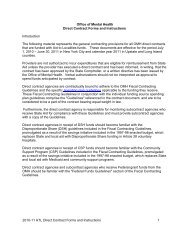
YUMPU automatically turns print PDFs into web optimized ePapers that Google loves.


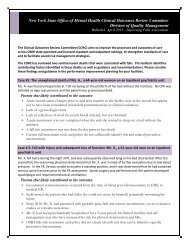

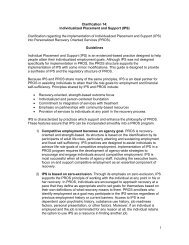
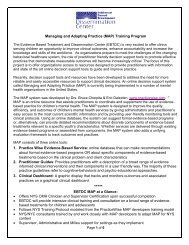
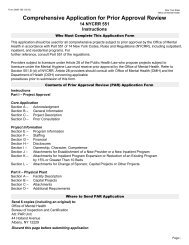


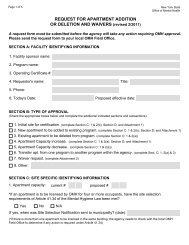

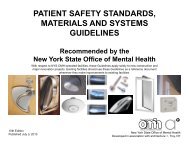

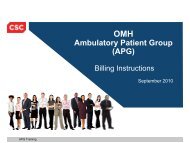

Quick Guide to Goals, Objectives & Interventions January 2013 Quick Guide to Developing Goals, Objectives, and Interventions I. Some considerations when developing goals Solicit the life-role goal statement at the very beginning of Individualized Recovery Plan (IRP) Planning. This conversation should be informed by the assessment process as well as your relationship and previous conversations with the Personalized Recovery Oriented Services (PROS) participant. Don’t be concerned about whether or not the goal is “realistic.” Identifying a goal is a process that you and the person will work on together. Your conversation with the person can focus on teasing out what the person would like to accomplish in his or her life. Goal setting is a collaborative process – it offers an important opportunity for you to partner with people and motivate them in treatment and with their lives. Encourage the PROS participant to prioritize and identify just a few key goal areas on the plan. Having too many goals may feel overwhelming to the person and may make the IRP overly complicated and unwieldy. Some questions to ask if the person has “no” goals: o o o o Steer the conversation to a discussion of the person’s strengths. Use some of the strengths identified in the assessments as a place to begin. Ask the person to visualize an “ideal day.” What would this look like? What would the person be doing? Who would he or she be with? Ask the person to imagine that all the challenges of today have disappeared as if by magic. What would this be like? What would the person be doing/feeling? If a person focuses his or her goals on symptoms (“I want to feel less depressed”), the conversation can explore topics such as “If you were less depressed, what might you be doing? How would you spend your time? How would life be different for you?” 1